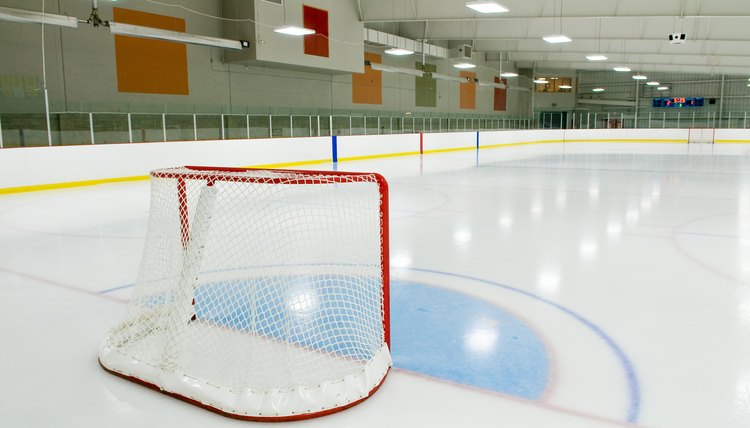Why Do You Need Cardiovascular Endurance for Hockey?

Hockey is known as a rough-and-tumble sport. It’s a fast-paced, physically demanding game that requires both skill and strength and also a great deal of cardiovascular endurance. Only by being in the best physical condition can you keep up with your competitors on the ice and maximize your potential as a player.
Research
According to research from the United States Olympic Training Center, hockey players must develop both strength and endurance to perform at their peak. The game requires you to have a combination of anaerobic and aerobic fitness in order to endure the long periods of physical activity with frequent bursts of power. If your cardio endurance is underdeveloped, you will experience accelerated glycogen depletion, elevated lactate concentrations and muscle lactic acidosis, all of which can significantly hinder your performance.
Constant Motion
Another reason hockey players need cardiovascular endurance is because of the constant motion of the game. Hockey is one sport that doesn’t stop the clock for substitutions, which means that players may experience long periods of play without breaks. Plus, with goals being so infrequent, players are kept moving at a rapid pace for multiple minutes on end. If your level of cardiovascular endurance is low, you won’t be able to keep up with the pace of the game.
Fewer Players
One of the ways hockey enforces penalties is by making teams play with fewer players while the offender sits in the penalty box. With fewer athletes on the ice, active players must handle more physical responsibilities until their teammate returns. Without endurance, you will not only feel tired during these “power plays,” you’ll also be physically unable to fulfill the demands of your position, leaving your teammates to pick up the slack.
Developing Endurance
With cardiovascular endurance being such a major factor in your performance as a hockey player, it’s important that you get on a training program – preferably in the offseason -- that enhances your ability. Start out with longer-duration, low-intensity cardio sessions on stationary bikes, treadmills or elliptical machines to develop your endurance base. After three weeks of building your base, start incorporating sprints into your workouts. Once you’ve worked your way up to a comfortable fitness level, take your training to the ice to make final preparations for the season. Continue doing cardio sessions on regular equipment, but add sprints and conditioning drills to your on-ice workouts to give your endurance a final boost.
References
Resources
Writer Bio
After graduating from the University of Kansas with a bachelor's degree in sports information, Jill Lee served for 10 years as a magazine editor for the Fellowship of Christian Athletes (FCA). Also a published author, Lee now works as a professional writer and editor focusing on fitness, sports and careers.
